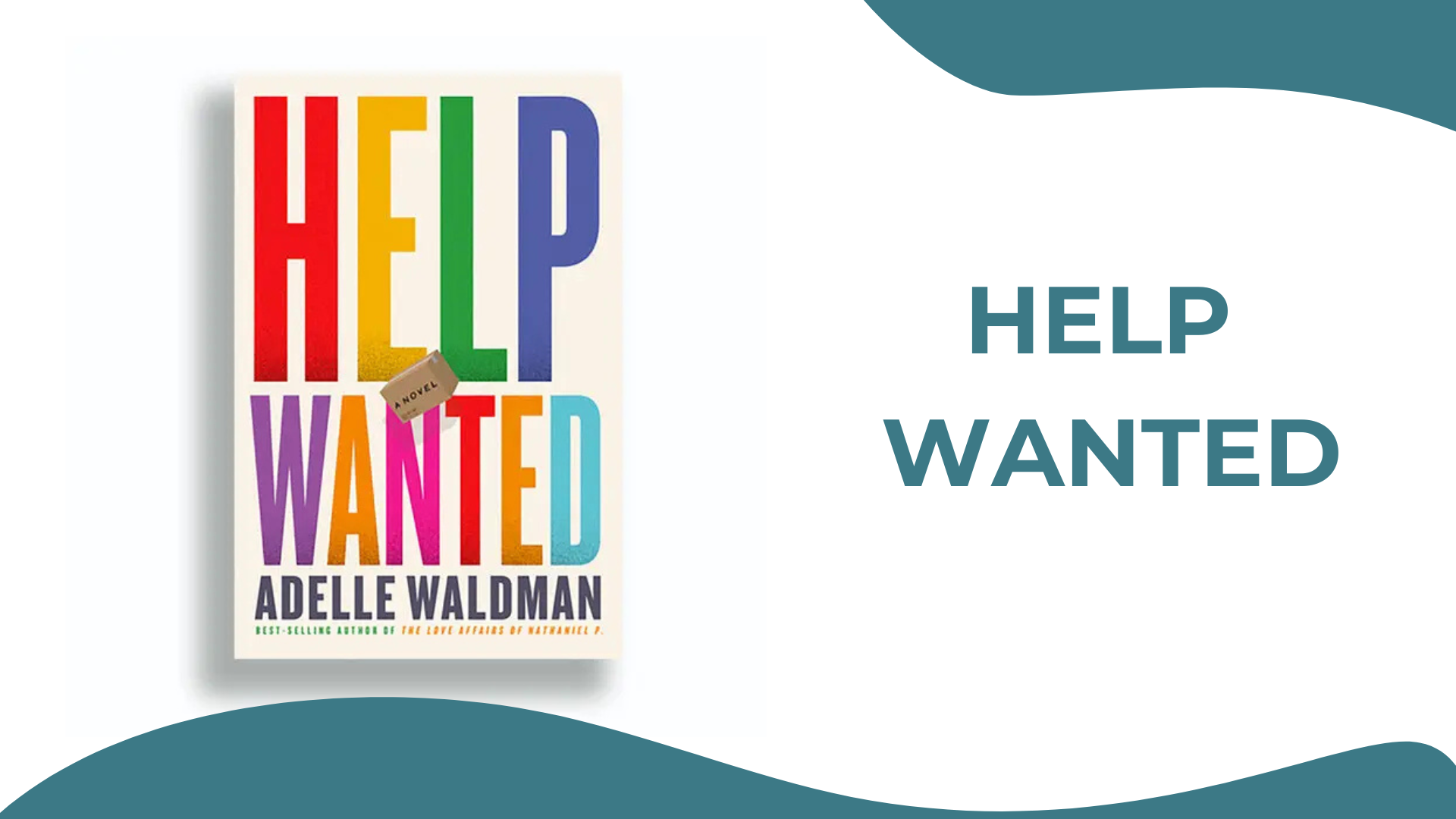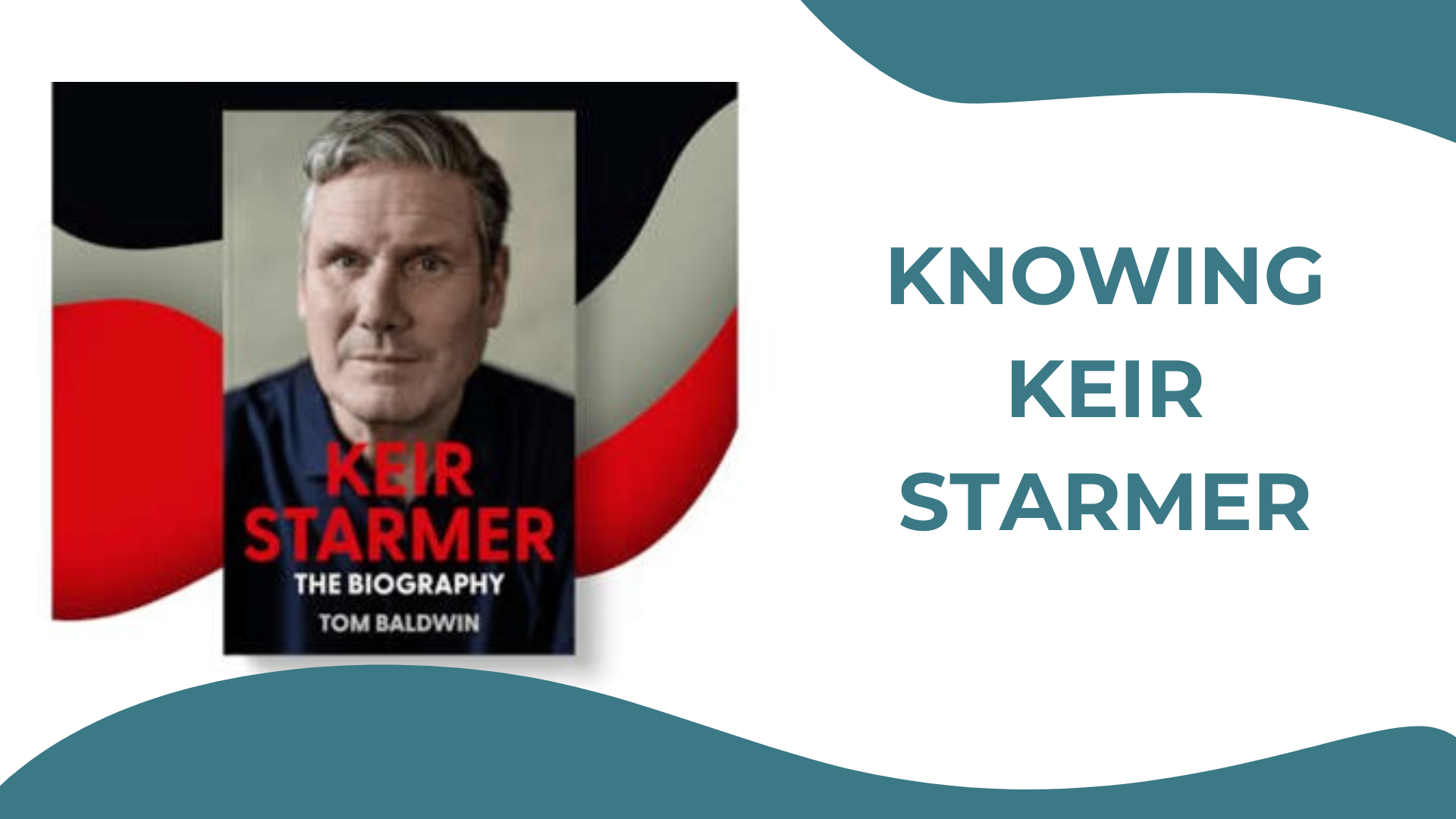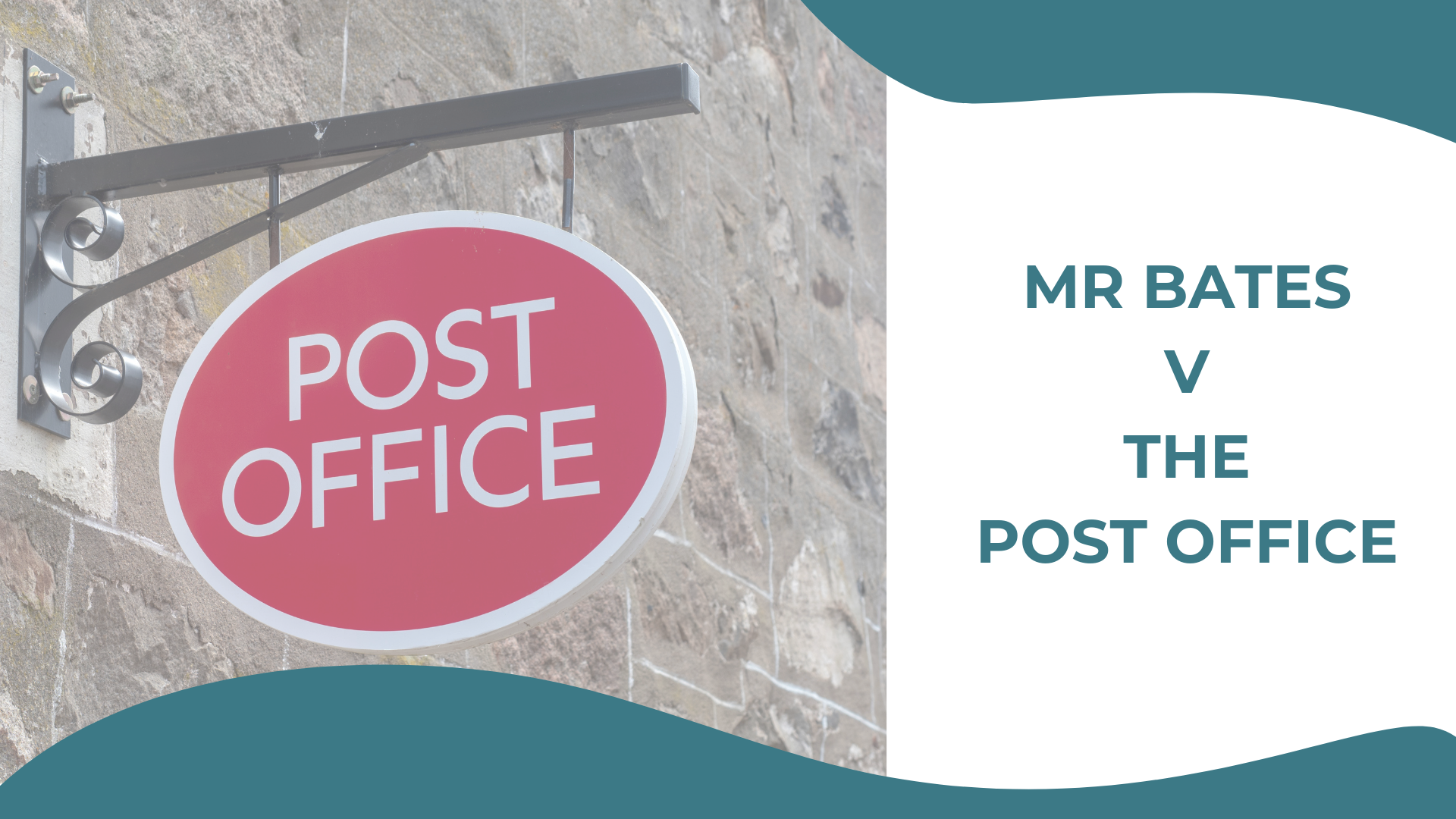“The difficulty lies not in the new ideas, but in escaping from the old ones.”
John Maynard Keynes
Imagine this…
A teenager lies unconscious in the sand dunes of a North Devon Beach. He is barely breathing and he is cold to touch with his skin colour tinted pale to blue. The coastguards, who have been called out by his friends, are now tending to him. Senior Officer, Gary Court, is in charge. He is Head of his branch with more than 3 decades of coast guarding experience under his belt and he is desperately trying to call an ambulance, only to be told that all ambulances dealing with more pressing emergencies and unlikely to be available for at least two hours. He is getting increasingly concerned about the state of the casualty. The youngster’s temperature is dropping further. The young man has been binge drinking and he is displaying all the symptoms of severe alcohol poisoning and alcohol-induced hypothermia. The boy needs urgent treatment.
Gary can wait no longer and decides to take action himself. Together with the coastguard paramedic, he makes the decision to drive the unconscious teenager to hospital himself in his personal van (Gary is a volunteer and coastguard vans aren’t insured to take passengers on main roads). The paramedic accompanies the teenager in the van as he is driven to hospital.
On arrival, the teenager is diagnosed with life-threatening alcohol poisoning and treated immediately. The young man makes a full recovery.
A job well done you might say. But no. There are repercussions. Gary is demoted for breaking protocol. According to his bosses, he should have sought permission to drive the young man to hospital rather than following his own professional judgement.
This story broke in the press a few weeks ago and is a matter of dispute as colleagues rally around Gary. Depending on your reading preferences you can check out the story here:
How do you view Gary’s case? Was he right to take matters into his own hands or should he have stuck by the rule book?
In many ways this case as an excellent example of an organisational double bind. A double bind is essentially a situation in which you’re damned if you do and damned if you don’t. A more formal definition is that it’s an emotionally distressing dilemma in which an individual (or group) receives two or more conflicting messages, and one message negates the other. This creates a situation in which a successful response to one message results in a failed response to the other.
In Gary’s case, he exercised what we have come to understand as distributed leadership. He understood the organisation’s primary purpose – ‘to prevent the loss of life on the coast and at sea’ – and took what he considered to be an appropriate action. As Gary explained it: “We do this job to help people. I’ve had rigorous training and drew on that and my experience when I made the call that night.”
Double binds stifle initiative. Double binds of the type Gary experienced also handcuff capable people, at all organisational levels, who get the outcomes their organisation want to see, are willing to make decisions, but who face negative reactions from further up the hierarchy when they actually take the initiative.
So here’s a dilemma. Most of our clients are looking to move away from top-down leadership. This shift comes with different labels – distributed leadership, devolved accountability, empowerment – but has the same underlying aim, to enable people at all levels to take accountability and lead from their position in the organisation. Yet, this desire comes with consequences. For positional leaders, it means letting go and leaning away from decisions others are better placed to make. It means being less rigid with rules. It also means creating space – and creating creative space – for mistakes and learning.
What we learn from the story of Gary is that a strong organisational purpose is key to distributed leadership and removing double binds. When people understand the ‘why’ – what we are really here to do – they can make bold and correct calls. Andrew Edgecliffe-Johnson, US business editor of the Financial Time puts it nicely when he wrote that we need to develop “a new model for capitalism based on the watchwords of purpose, inclusion and sustainability”.
A couple of good sources to explore distributed leadership further are an article by Deborah Ancona and Elaine Backman in the Harvard Business Review and Deborah Ancona and Henrik Bresman’s boom ‘x-teams’.
The key to undoing double binds and fostering an environment for distributed leadership is getting your messaging right. Here are some things to think about:
- If you are keen to distribute leadership in your business: what does this look like for you?
- What’s the key purpose you want people to use as a touchstone for their decisions?
What double-binds may exist in your organisation that are stopping people from stepping up and taking accountability?
Liked this blog? Find more insights from us, or get in touch with us, we’d love to hear from you.




